
As someone who tests golf clubs for a living, I'm often asked about the best clubs ever made. It's a tough question, as personal preference, technological advancements, lived experience, and emotion play a huge role. However, after countless rounds and swings over the years, I've narrowed down my top ten, picking two contenders in the categories of putters, wedges, irons, fairway woods, and drivers. Don't agree with my selections? Be sure to let me know in the comments!
Putters
Choosing just two of the best putters was a challenge, with honorable mentions to classics like the Wilson 8802, the Ram Zebra, and even the Bullseye. But for sheer impact and influence, two stand out.
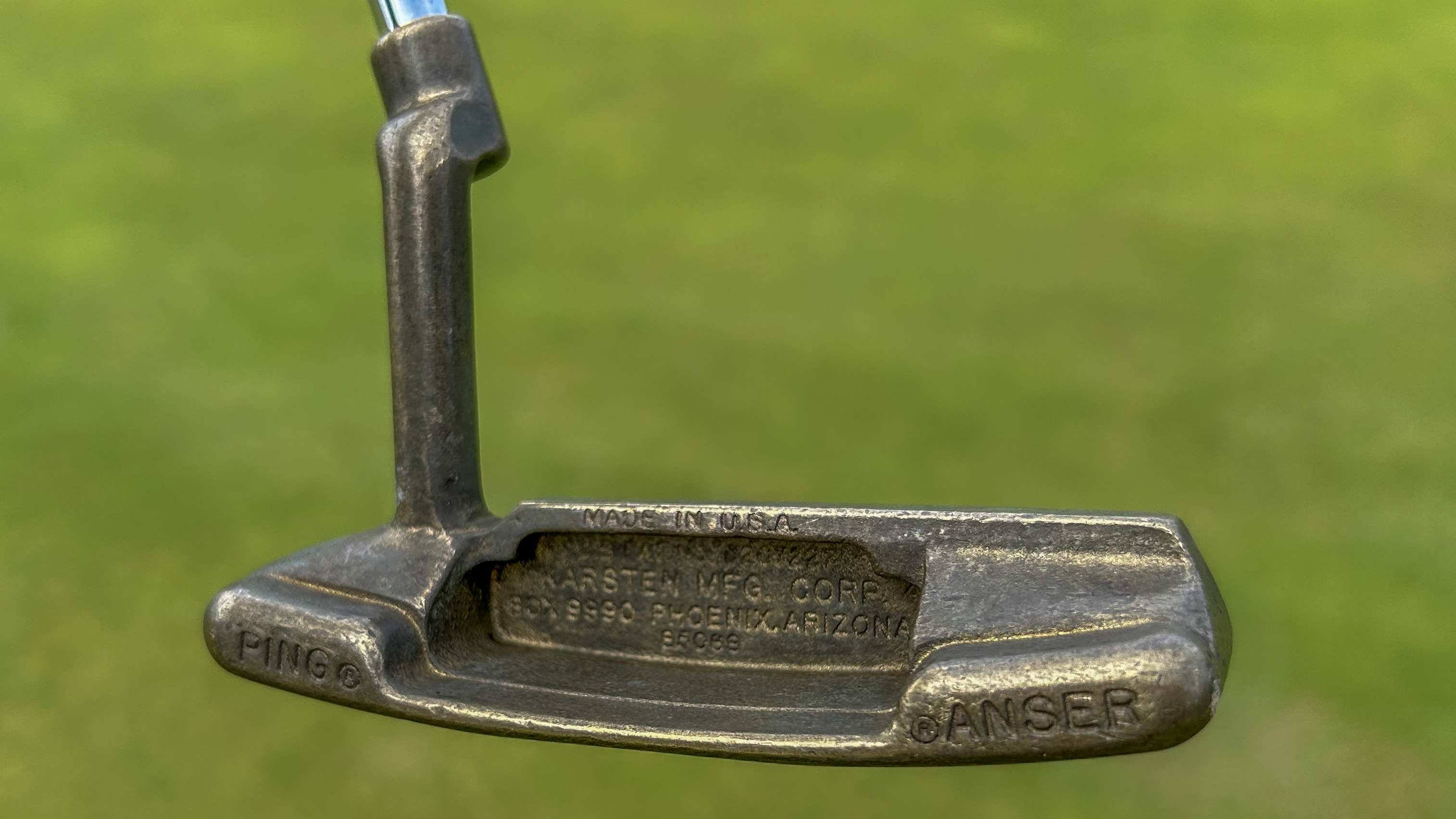
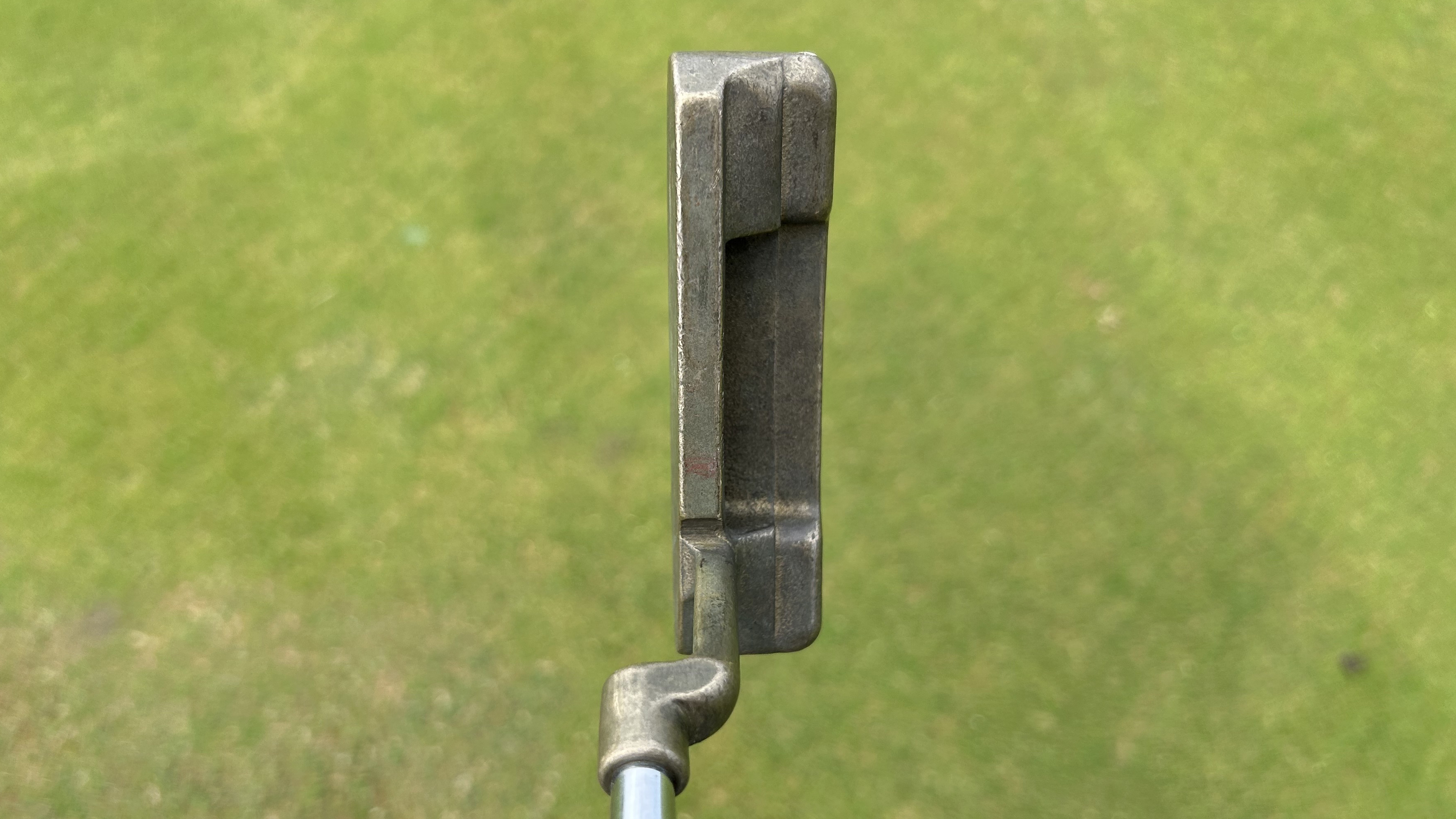
First, the Ping Anser. Designed by Karsten Solheim in 1966, this putter is arguably the most copied golf club of all time. It pioneered perimeter weighting, a design feature that revolutionized putter stability. With over 500 tour wins, including 19 men's major championships (and that's not even counting the numerous copycat wins), its legacy is undeniable. The list of professionals who've wielded an Anser to victory is simply too long to mention! After a recent visit to the Ping gold putter vault, my admiration for the Anser and its achievements only increased after seeing the sheer volume of gold Ansers in that vault!
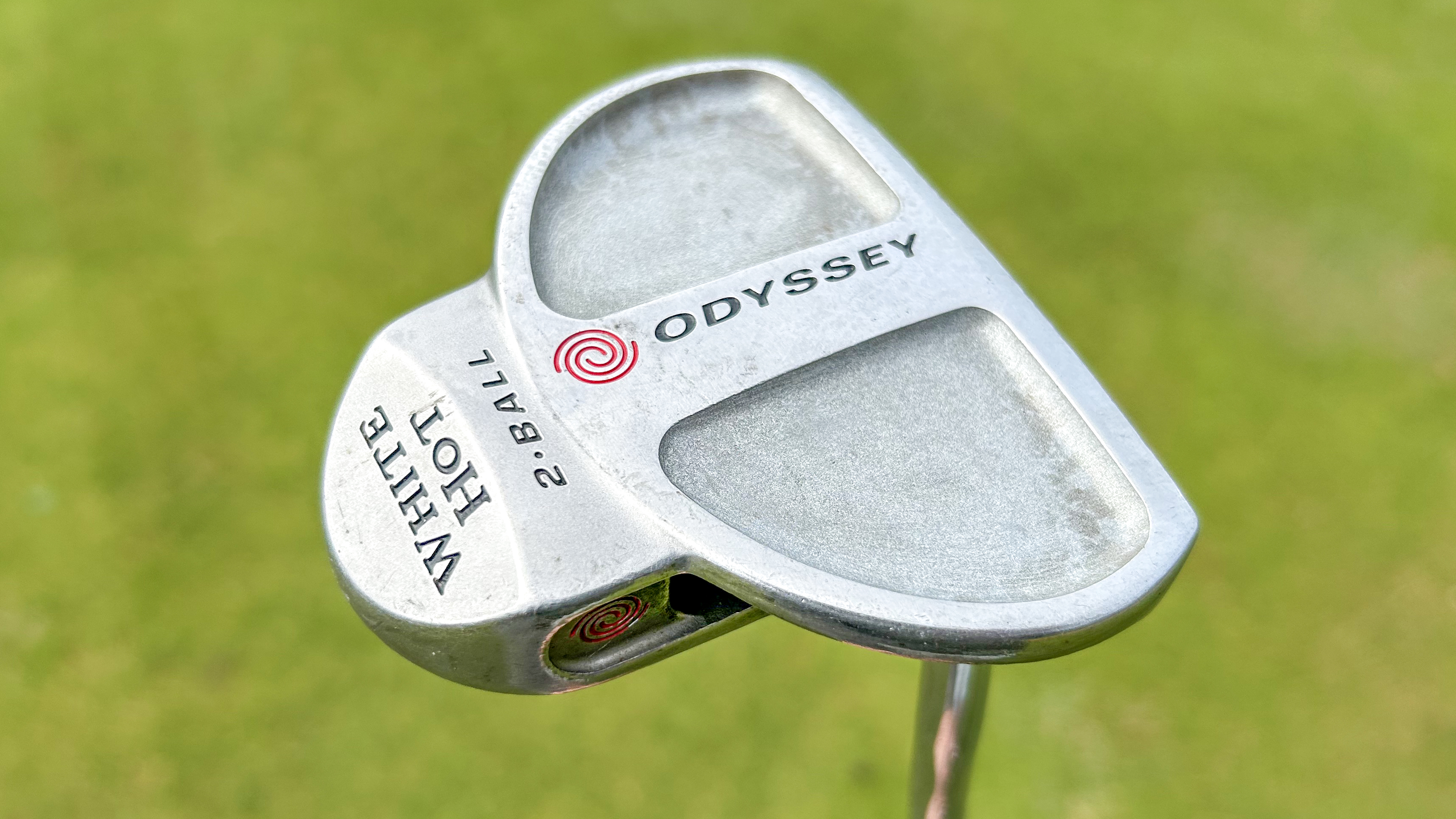
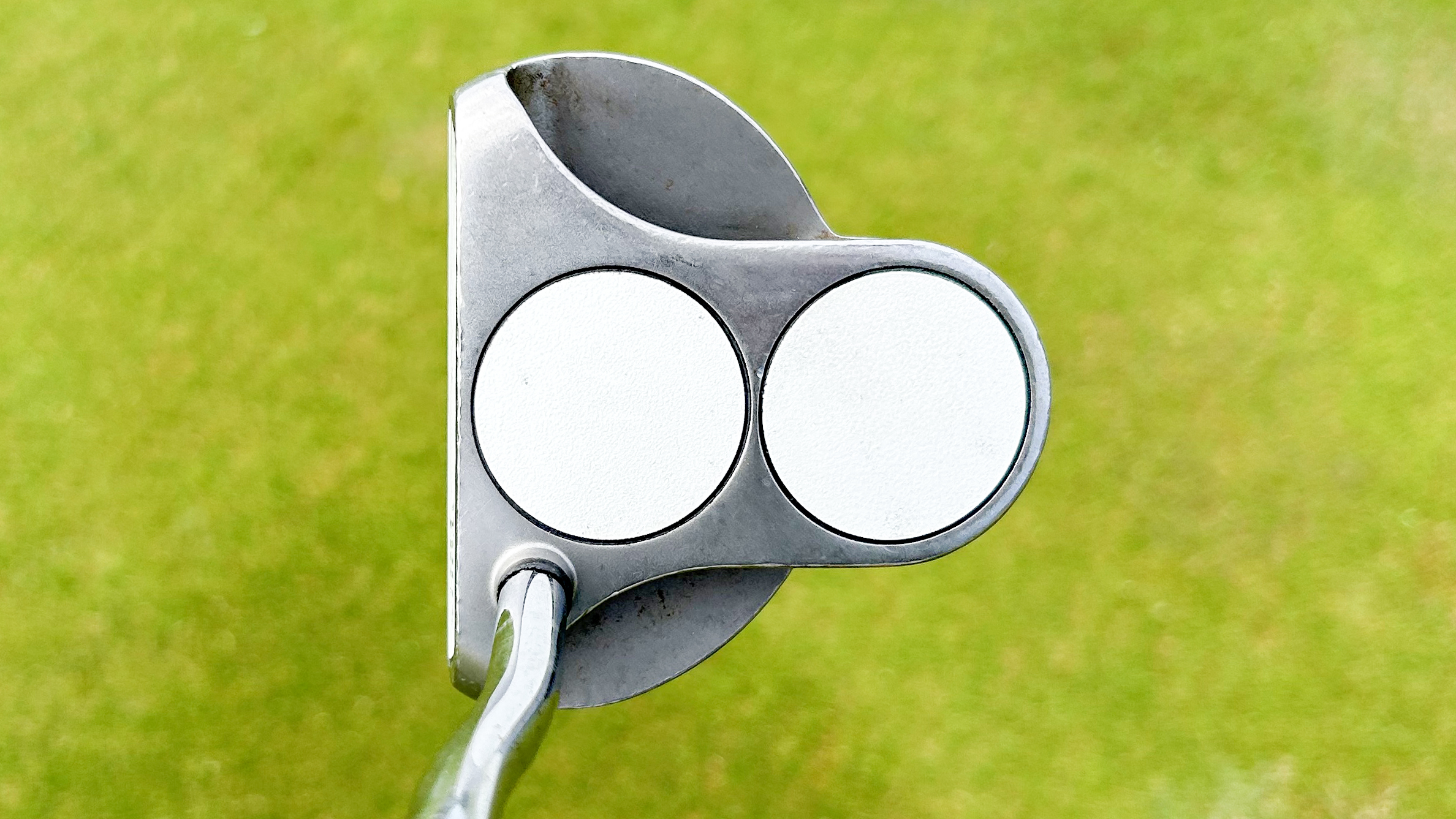
The other choice for me would have to be the original Odyssey Two-Ball. I still vividly recall its launch in 2001-2002. It was a radical yet, in hindsight, remarkably obvious design, featuring two large white discs that instantly improved most people's alignment. Its white hot insert provided an incredibly soft feel, and it remains in heavy use on tour today in various new designs. It truly changed how many golfers approached putting, a genuine classic.
Wedges
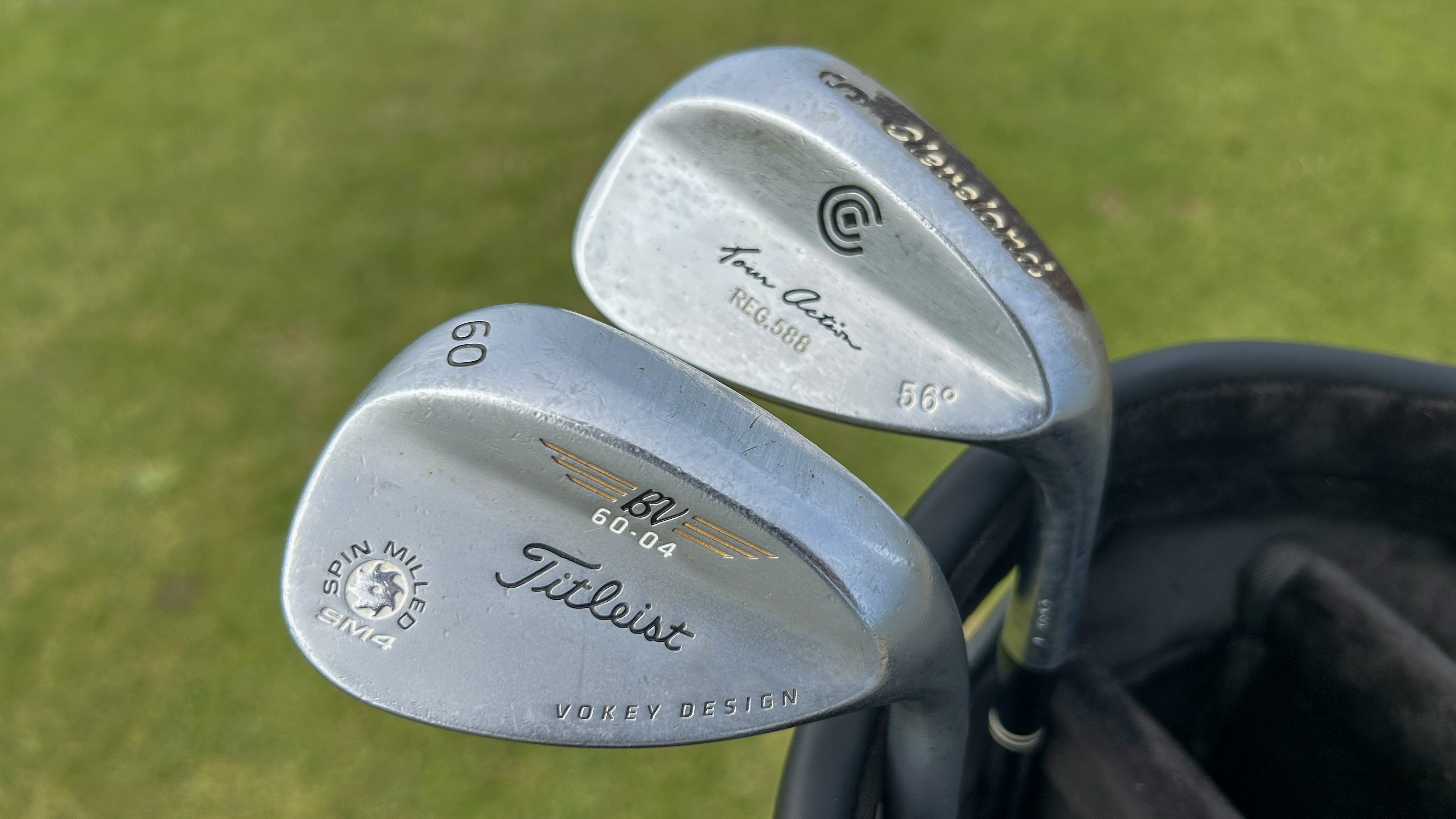
It simply isn't possible here to ignore the behemoth of the wedge game over the past two decades, Vokey. There are so many models I could have gone with, but the Vokey SM4 gets my vote for the contemporary era. Bob Vokey consistently produces top-tier wedges, and while each generation has its merits, the SM4 was my favorite. It offered an incredibly soft feel, and while the shaping of Vokey wedges changes subtly year to year, the SM4 hit a sweet spot for me in terms of the address profile.

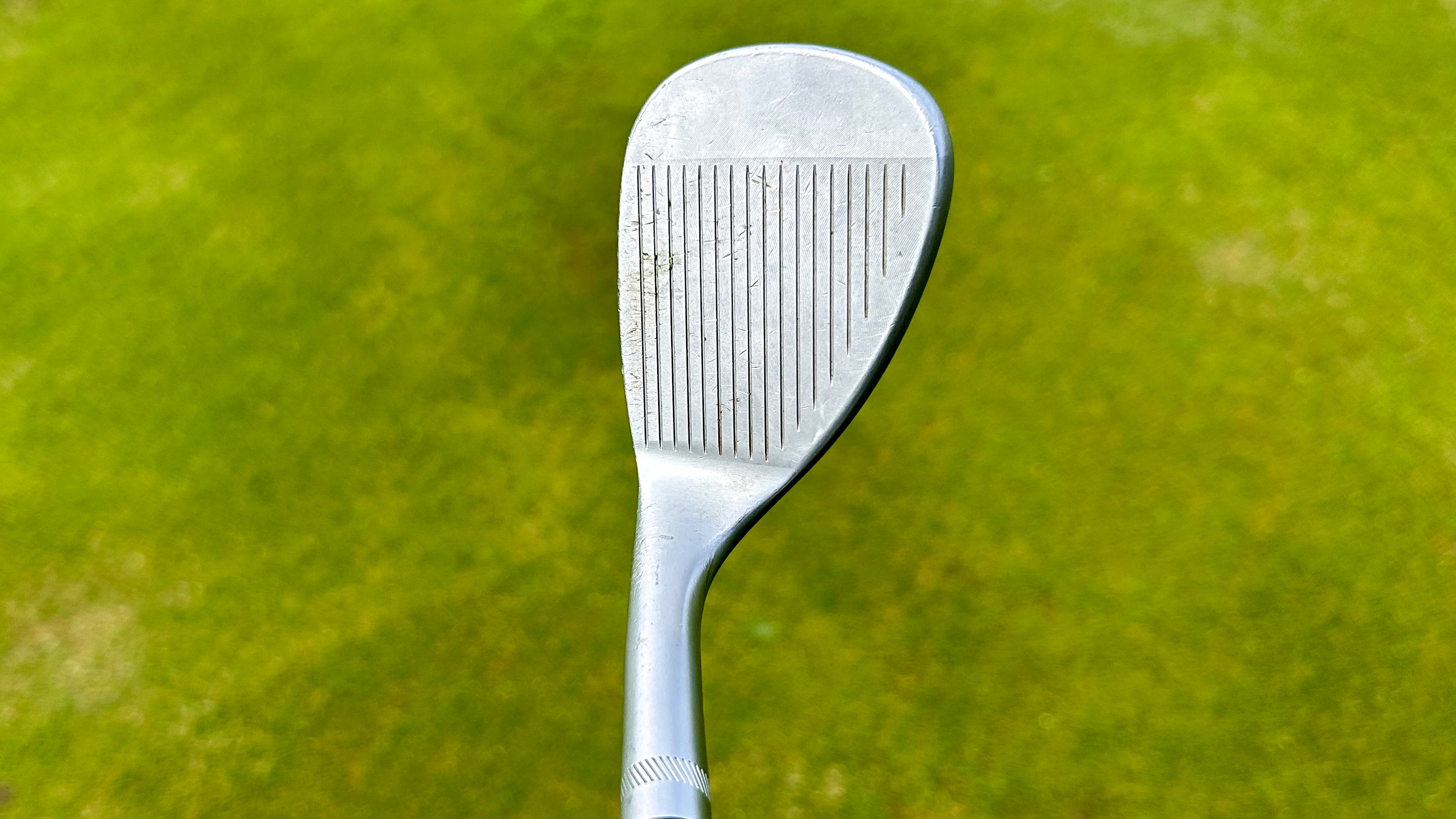
While the modern wedge landscape is dominated by one name, it wasn't always that way. Before Bob Vokey's dominance, Roger Cleveland led the way in the wedge design department. Quite frankly, if you didn't have a Cleveland wedge in the ’90s, you weren't a serious player! The most used and recognizable of his creations was the Cleveland Tour Action 588. It wasn't about endless grind and bounce options; you simply got what you got, and it worked. Legends like Ernie Els and Tiger Woods (who won the 1997 Masters with these in the bag) relied on its consistent and refined performance.
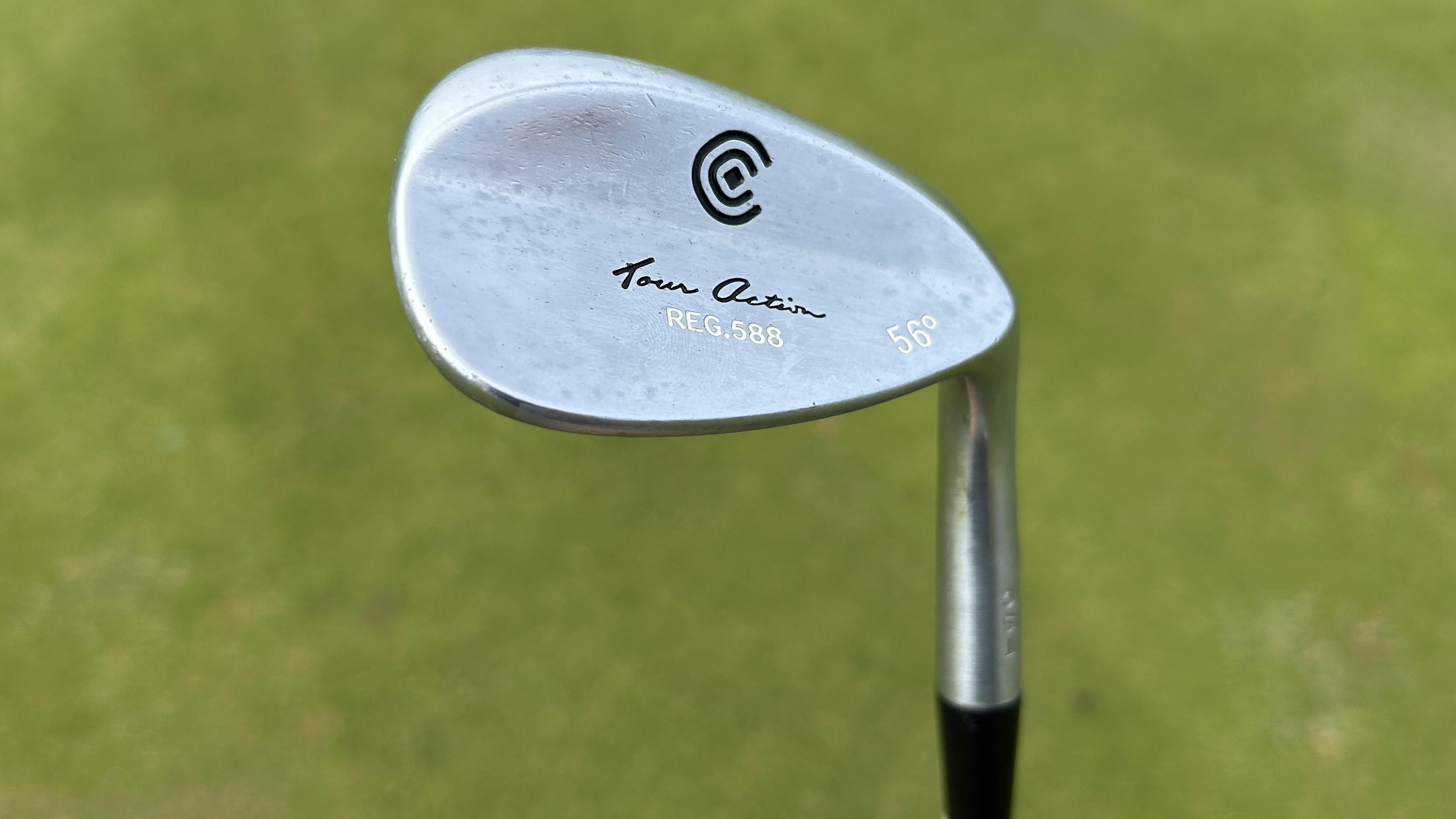

Irons
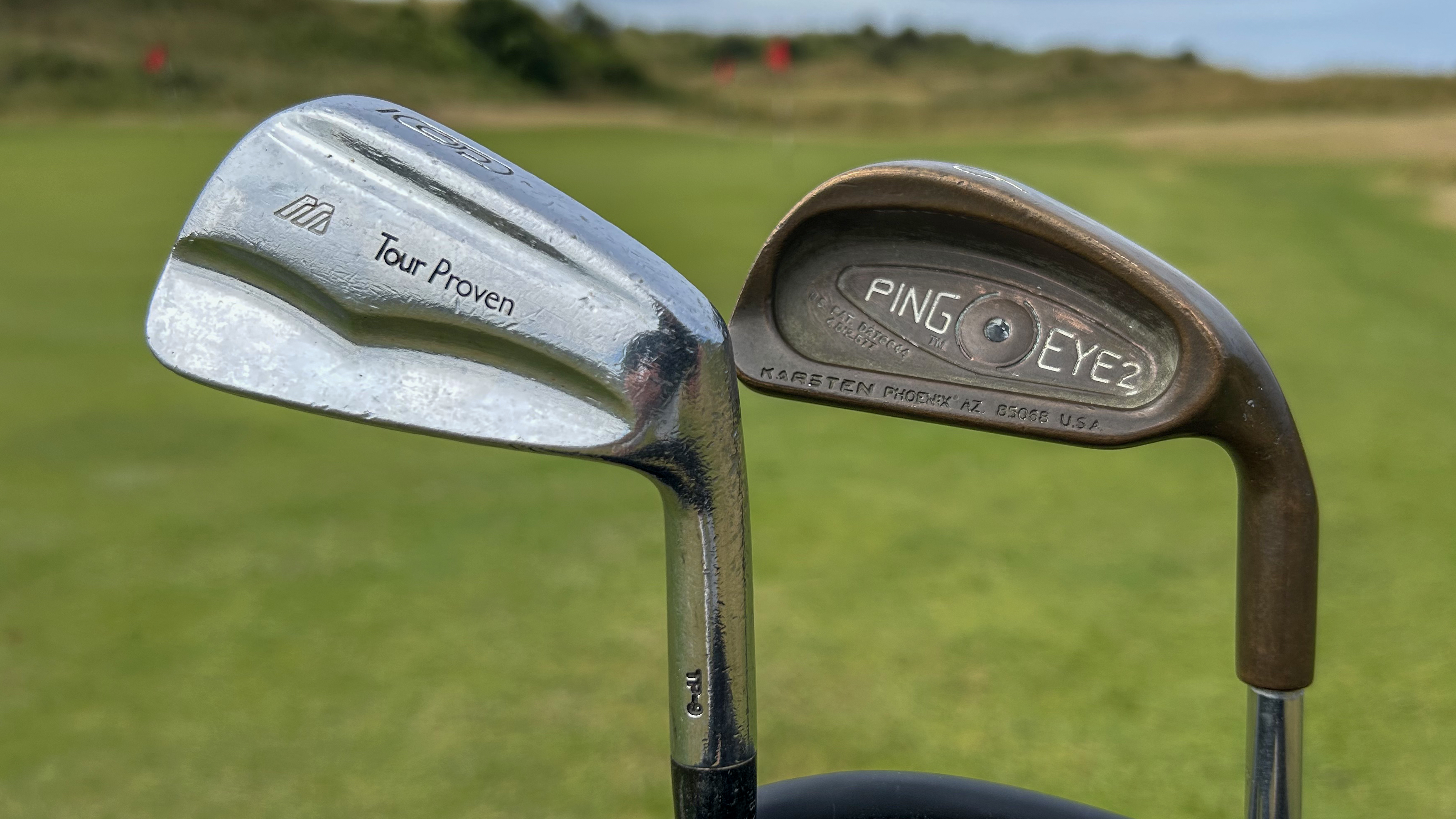
For the best irons, I've leaned towards two models that truly represent a pinnacle of design and performance, whether for the purist or the innovator.
For the purist, it has to be the Mizuno TP9 from 1986. Mizuno pioneered precision forging and hand-finishing, and the TP9s were arguably their finest ever example of that. Their shaping was perfect - boxy and squat - and the feel was simply outrageous. Players like Sandy Lyle, José María Olazábal, and Nick Faldo all trusted these beautiful blades.
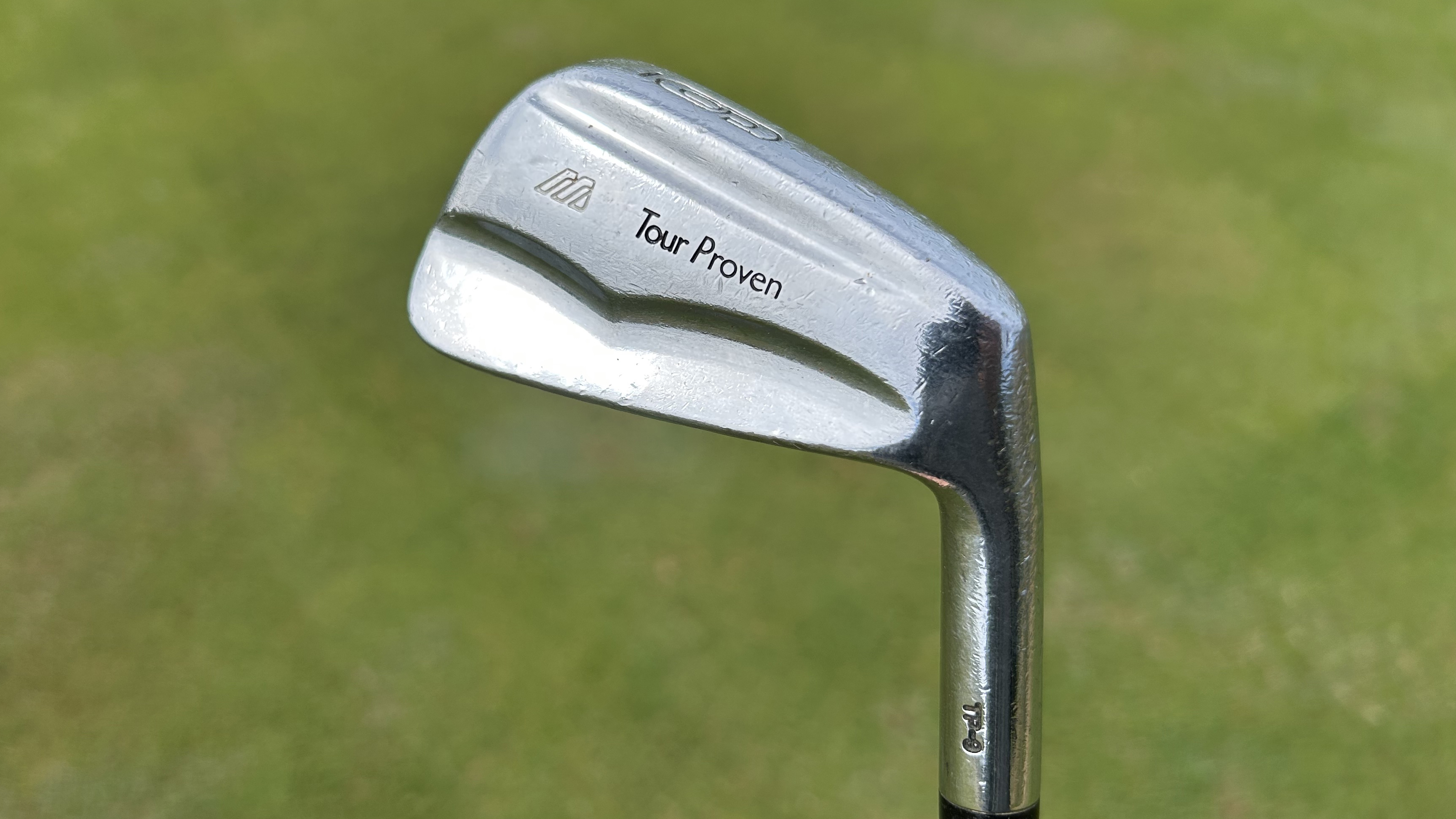
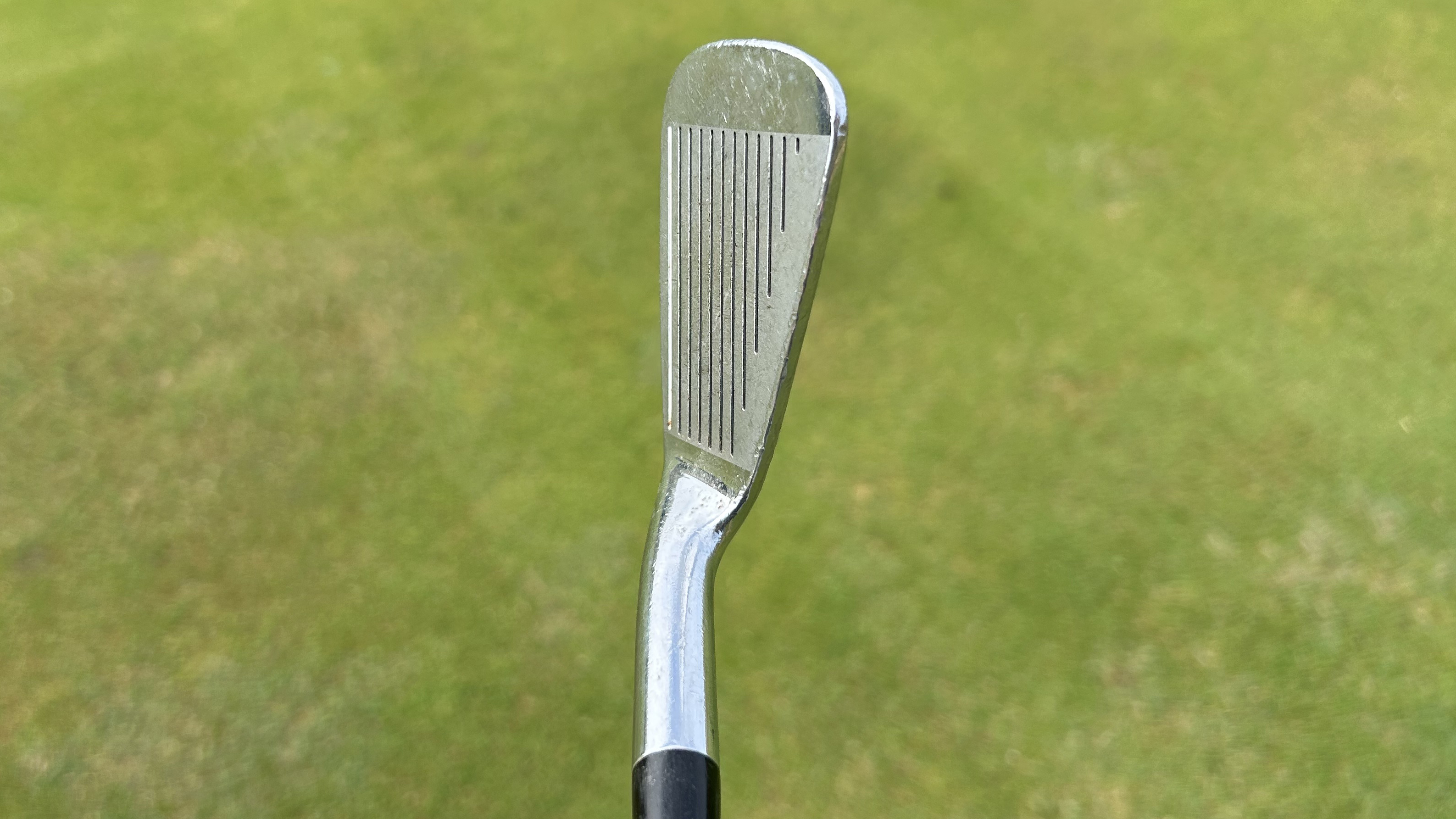
Then there's the Ping Eye 2 Copper Beryllium from 1982. While not the first perimeter-weighted iron (that was the 1969 Ballnamic also from Ping), it was the one that truly caught fire both at retail and on tour. Many people don't realize that Tiger Woods used Ping Eye 2 irons (albeit the steel version) for a significant portion of his junior career. I've specifically gone for the copper version – they were top of everybody's wanted list in my younger days.
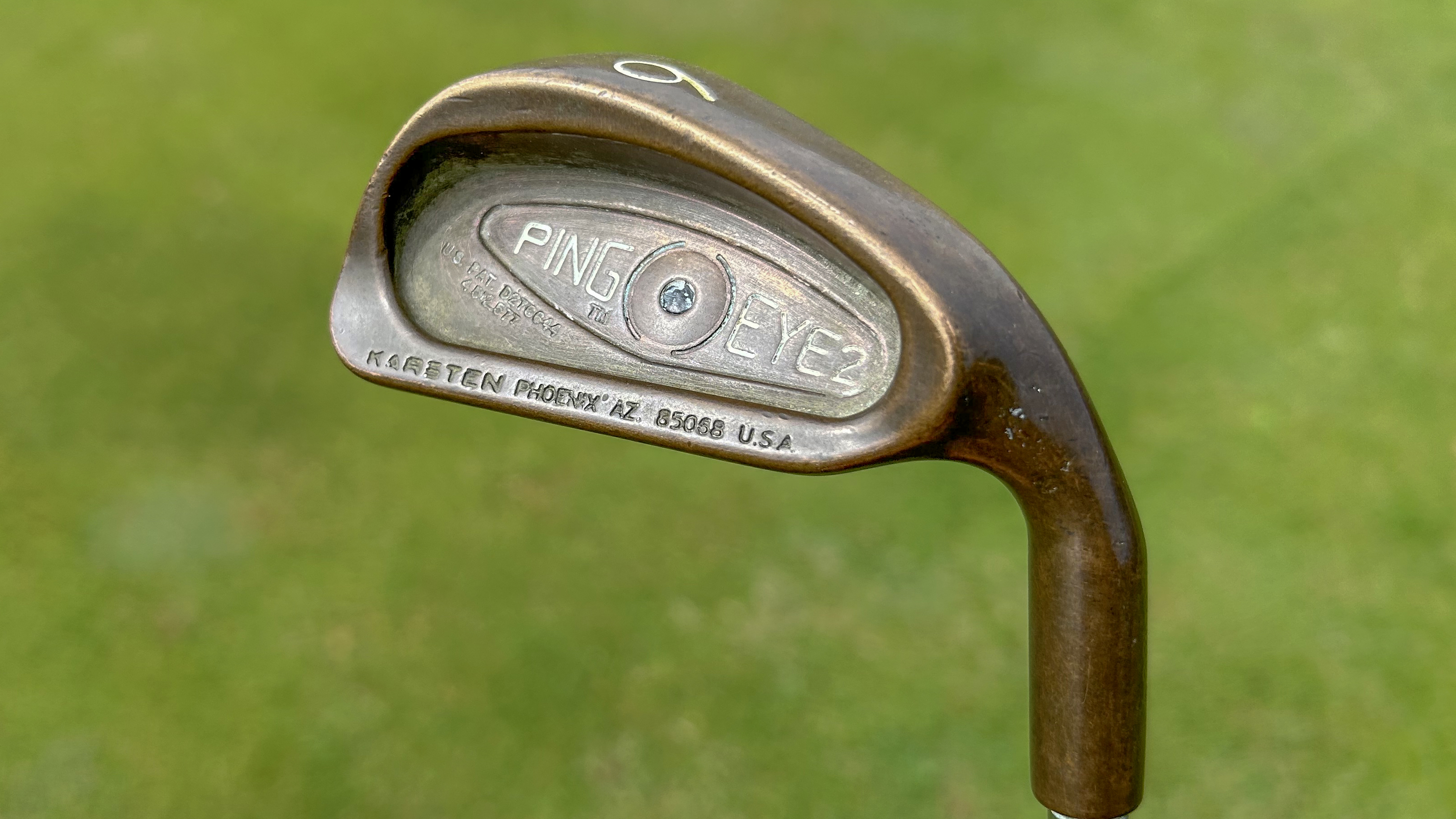
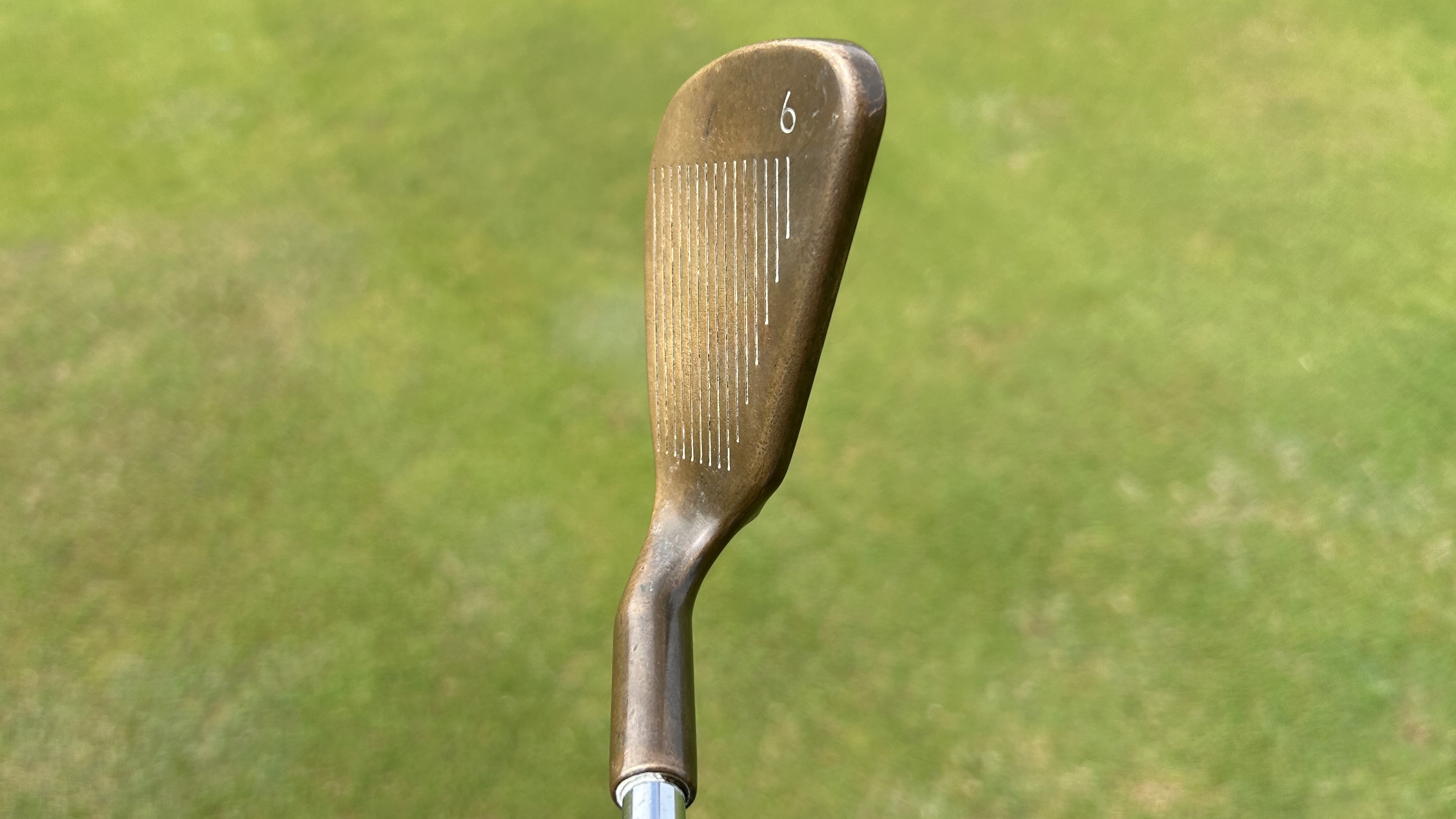
Fairway Woods
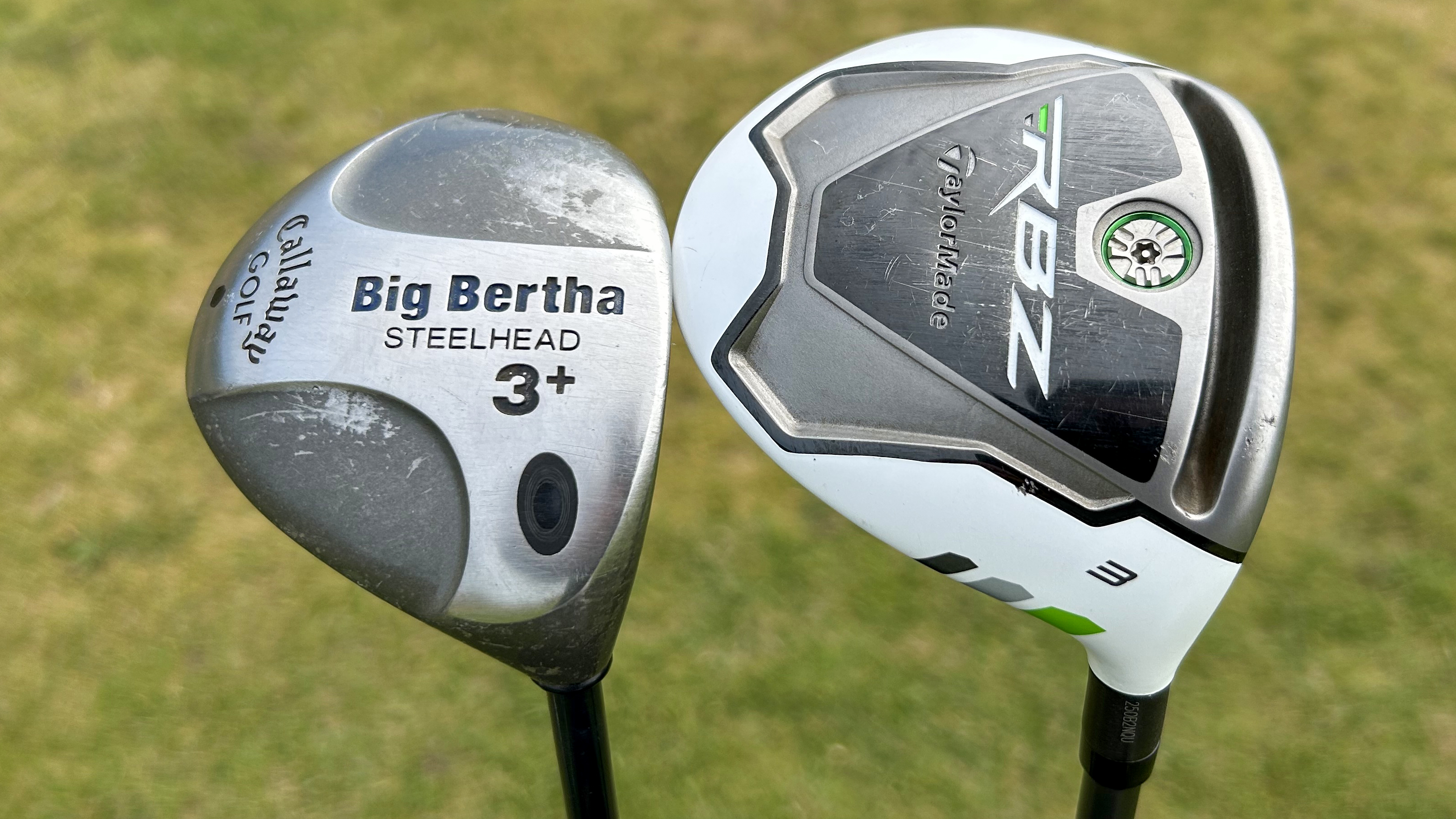
Fairway woods have come a long way, and these two illustrate significant shifts in design and marketing.
The Callaway Steelhead from 1998 arose around the time that Callaway truly dominated the fairway wood category. Coming out of the "Warbird era" (which I know many of you will fondly remember), the Steelhead modernized the design with a slick, cool change to the branding and exceptionally lively feel. It was an incredible performer, seen in the bags of Ryder Cup stalwarts like Colin Montgomerie and the legendary Annika Sörenstam.
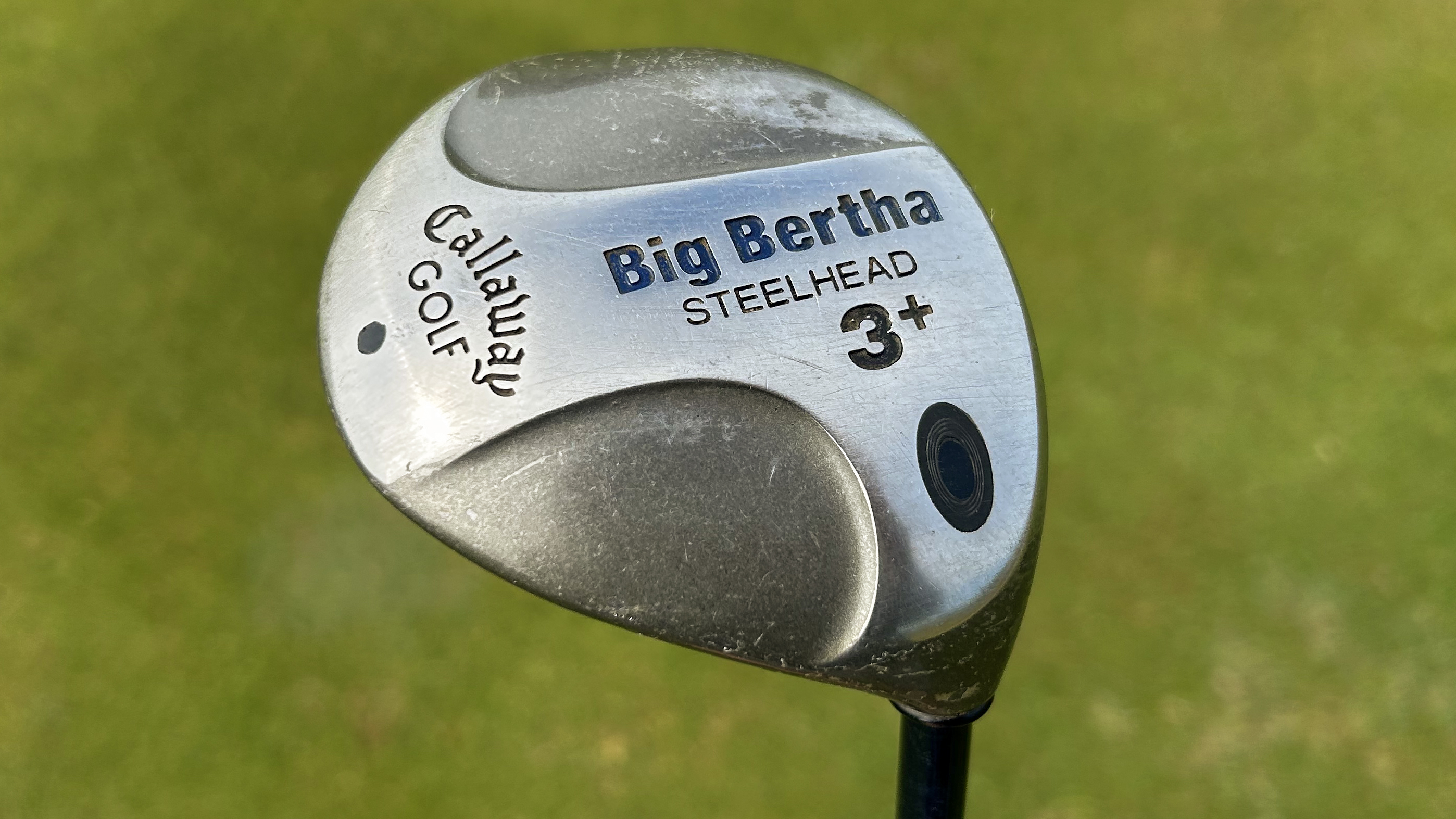
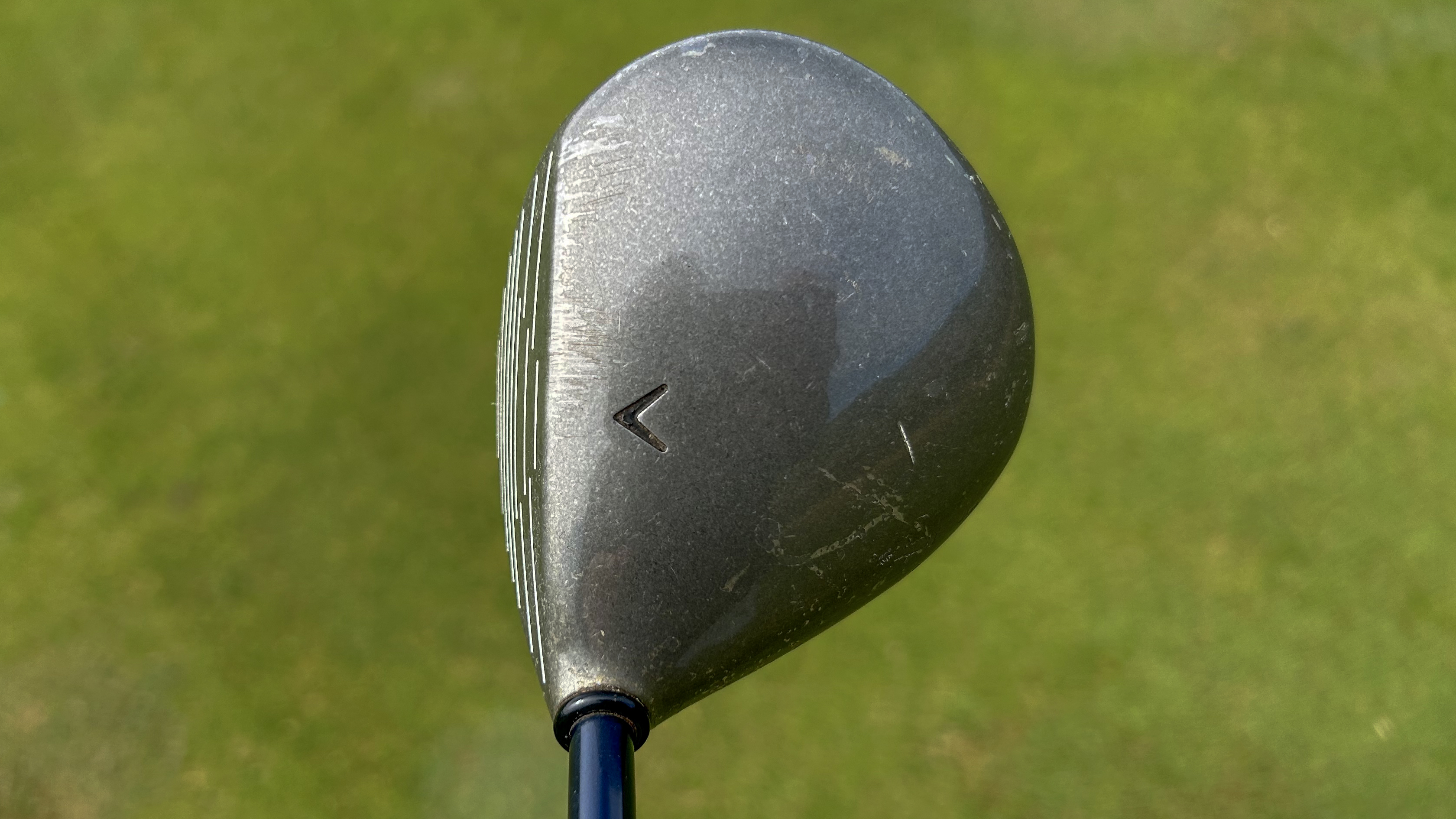
My personal favorite of the entire selection of these clubs might be the TaylorMade RBZ fairway wood from 2012. With its distinctive white head and the bold marketing claim of "+17 yards!", it created a sensation in the golf industry that many other manufacturers would soon try and copy. The innovative speed slot was the game-changer, and TaylorMade produced various versions, including a tour model and a "spoon" that I had in my bag for many years. It truly delivered on its promise of increased ball speed and massive carry distances. A true modern classic.
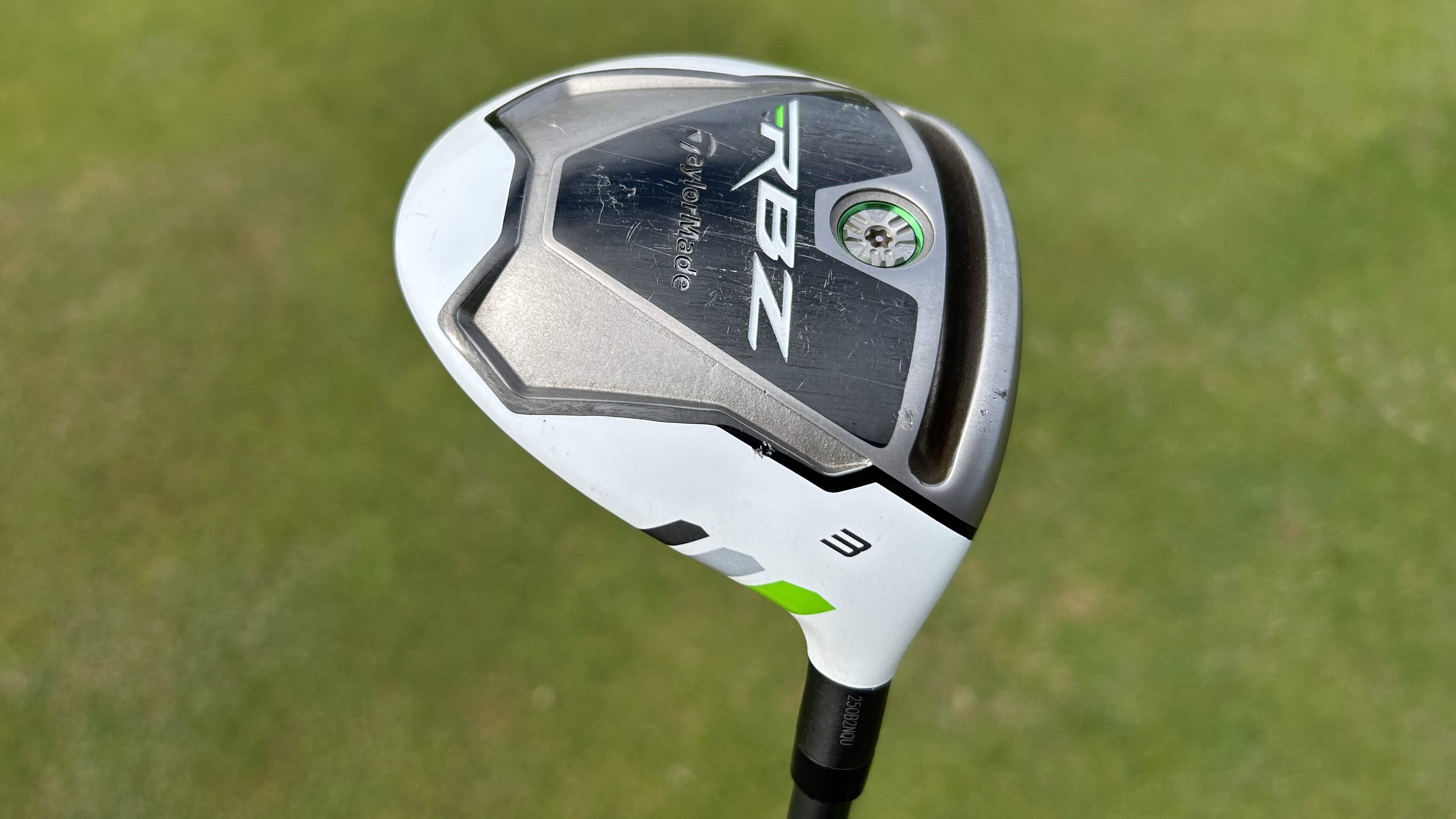
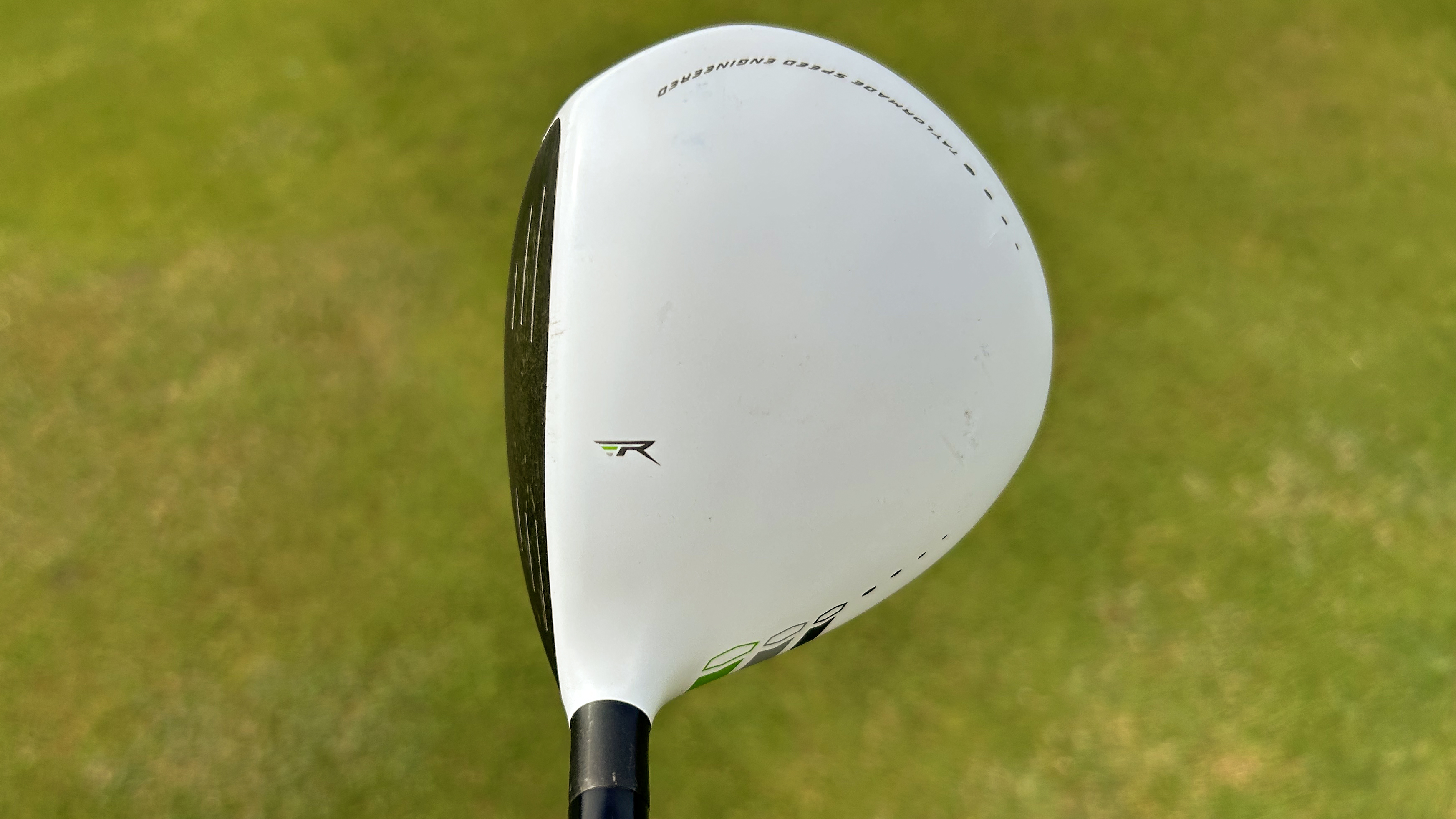
Drivers

Finally, to the big sticks – the drivers that redefined power and playability.
I've spoken at length about the 2017 TaylorMade M2 driver before, and I make no apologies for its inclusion on this list. Made iconic by a host of top players, including Rory McIlroy and even Tiger Woods in 2017, it was a driver that truly redefined forgiveness and distance in a player-friendly package. If you were looking for a blend of power and playability, the M2 was nothing short of a revelation. Players like Dustin Johnson and Sergio Garcia wielded this club to great effect on the PGA Tour, with Garcia even winning the Masters with it. Rory McIlroy - arguably the greatest driver of a ball ever - has stated on a couple of occasions that if he wasn't contractually obliged to change, then he would still probably be playing the M2! If that's not an endorsement, I don't know what is!
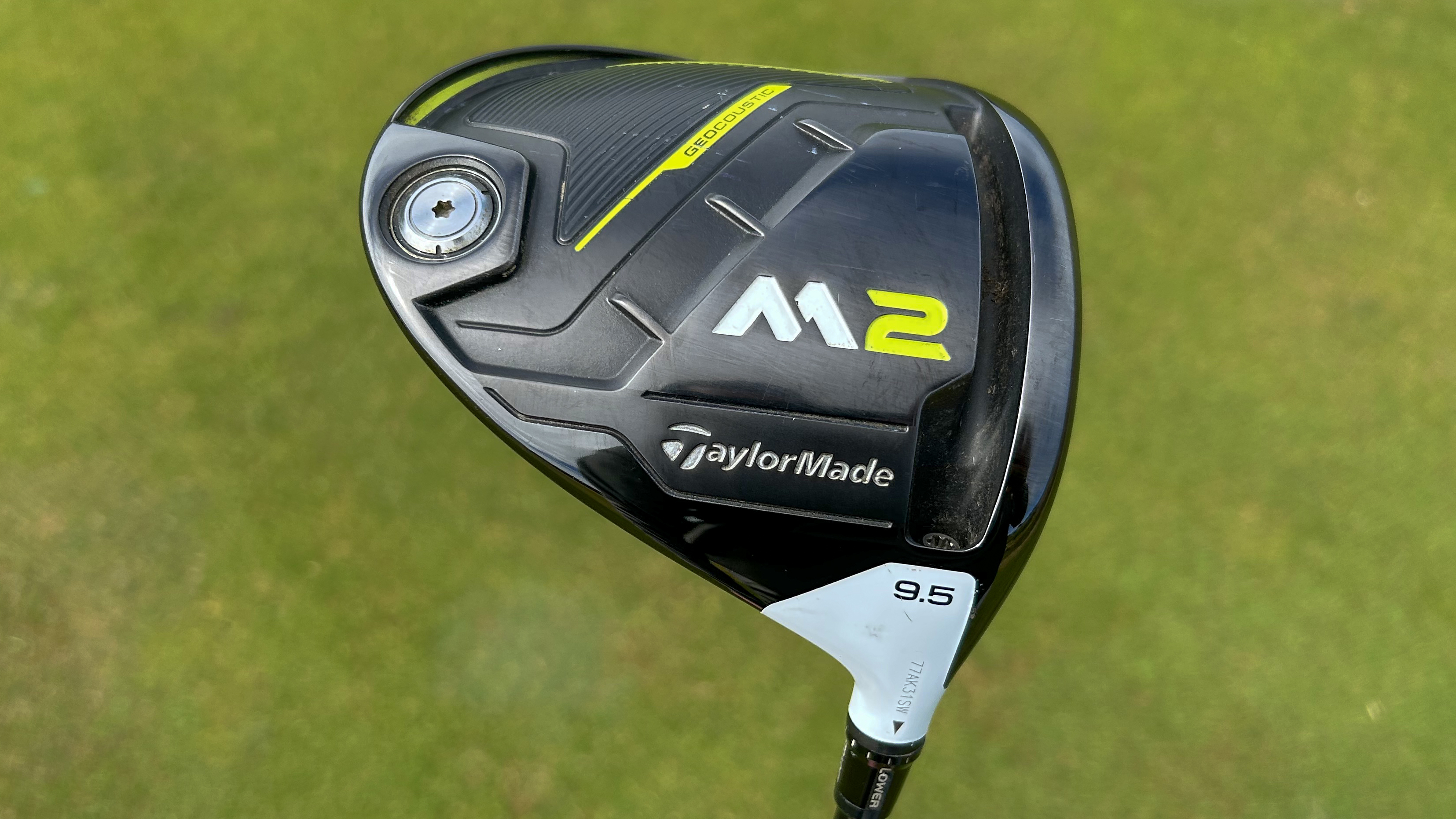

And lastly, the Callaway GBB (Great Big Bertha). This was Callaway's first titanium driver, and one of the main things I remember about this club was that everyone went absolutely nuts over how big it was, which seems laughable now! It produced a very different, distinctive noise at impact, which highlighted its innovative new construction, and people knew from two holes over that a GBB was on the course! Being able to make the head bigger was only possible because titanium was lighter and stronger than traditional steel, paving the way for the oversized drivers we know today.
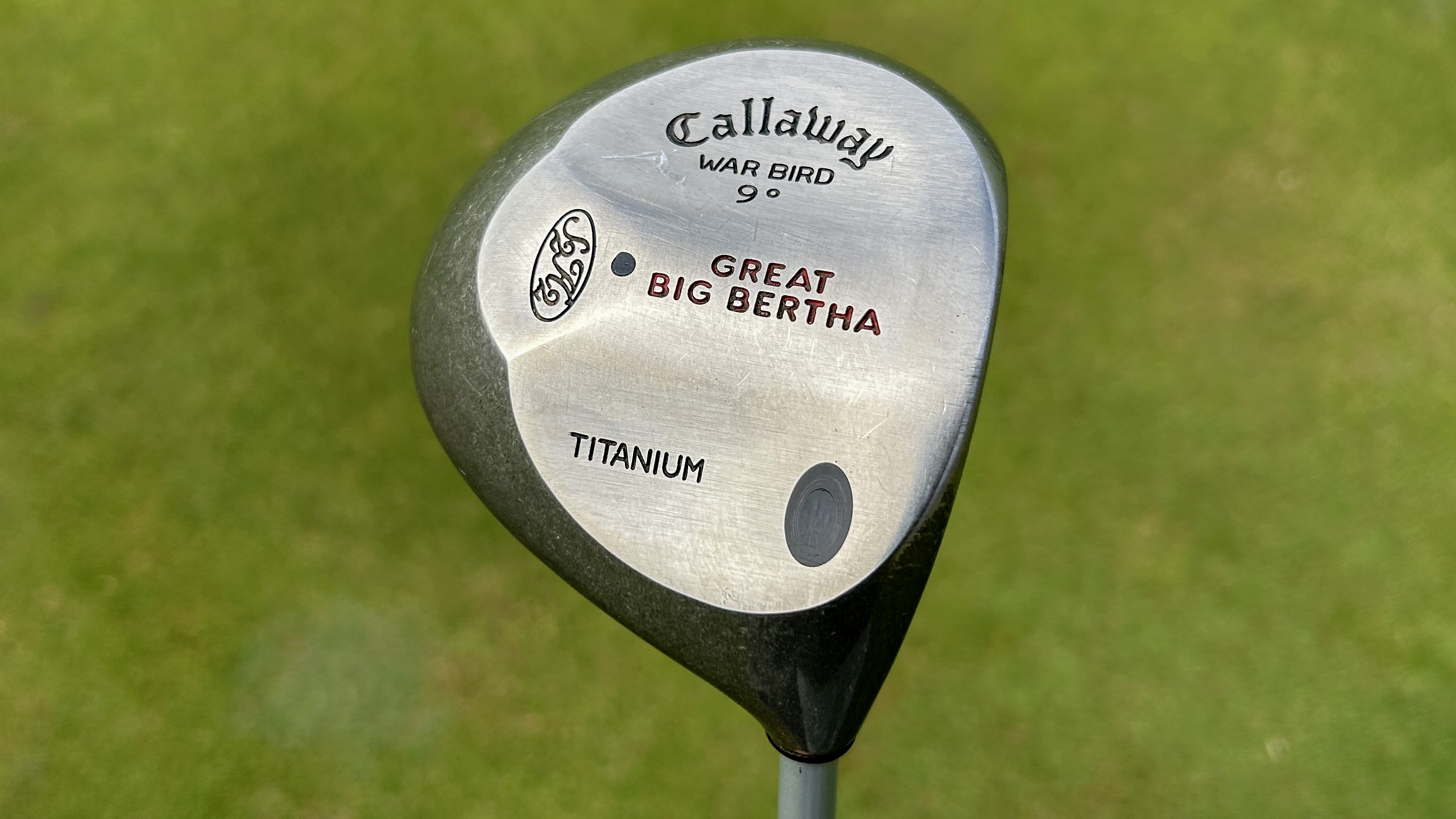
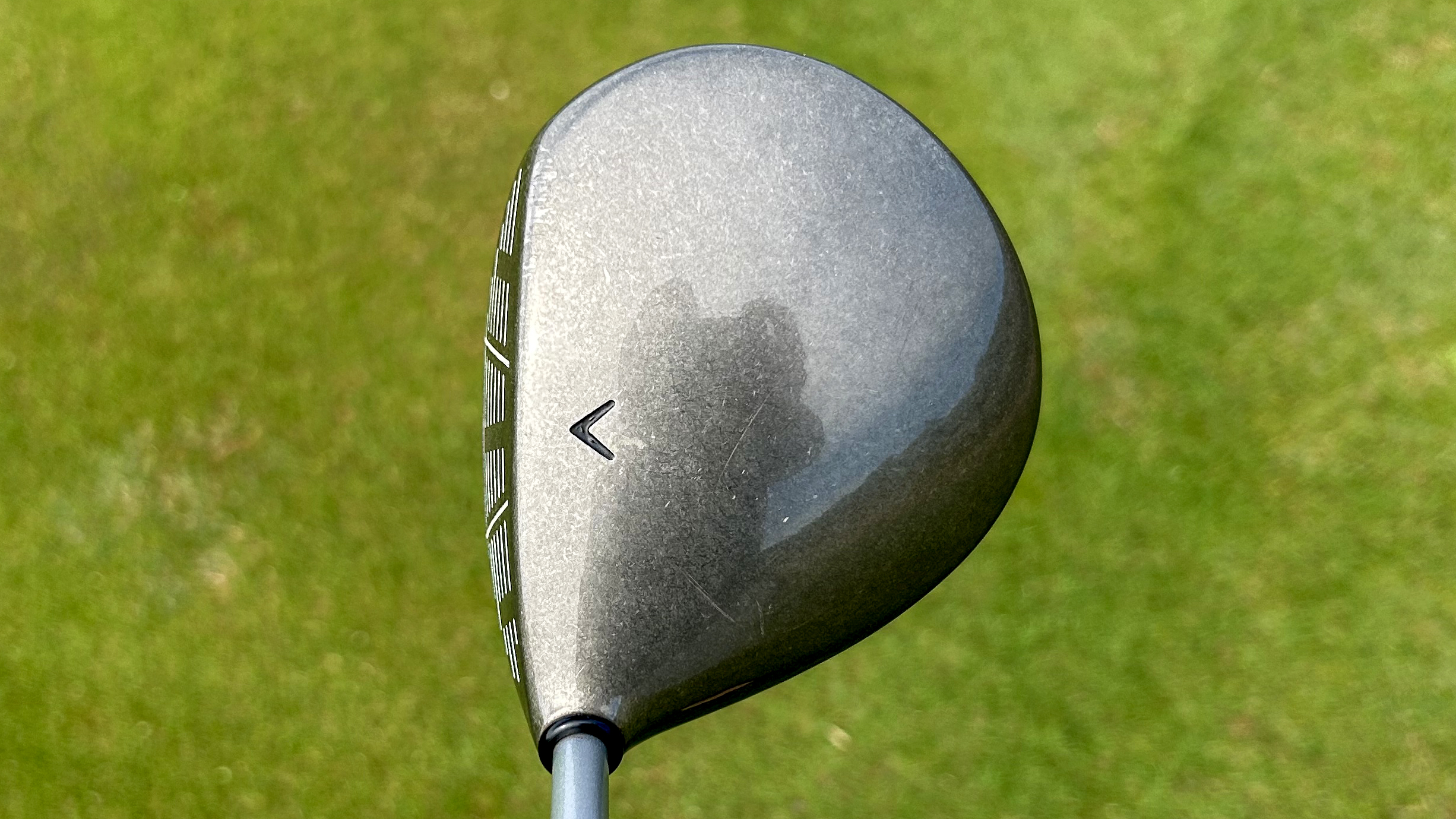
So, there you have it – my top ten golf clubs of all time. I'd love to hear your thoughts in the comments – did I get it right, or did I miss your personal favorite?







